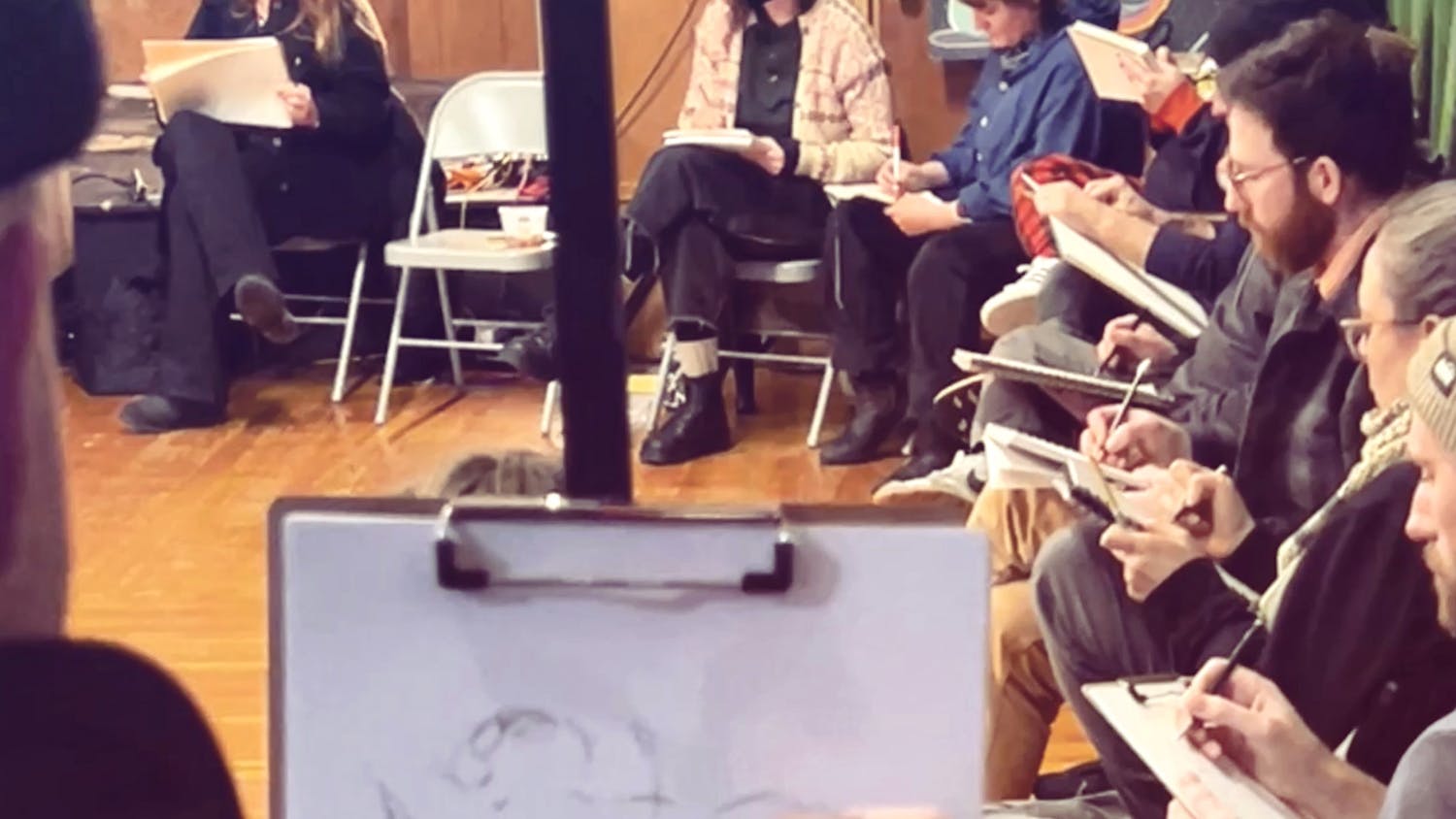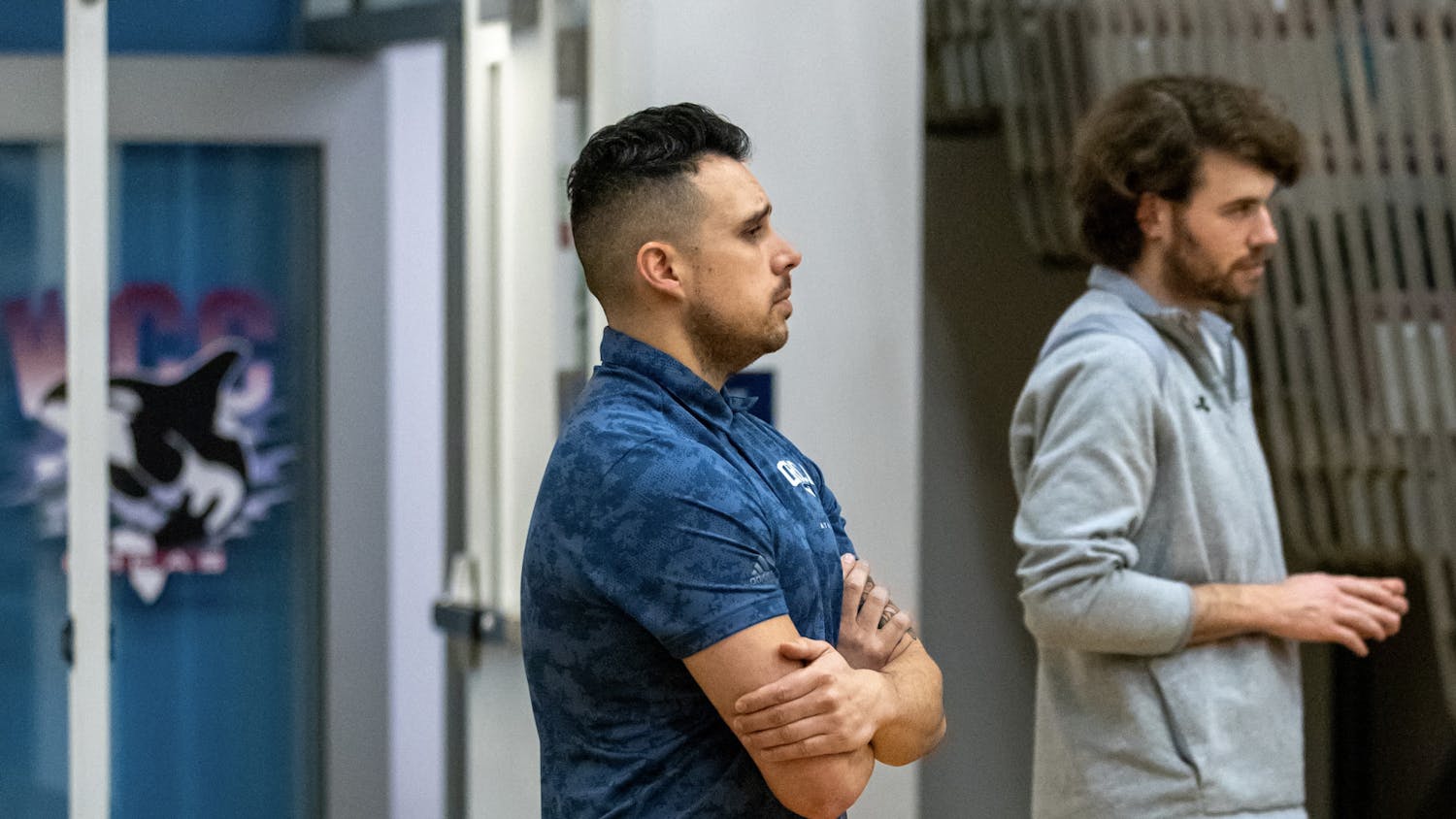
Over the past seven months, Counseling, Health and Wellness services at Western have undergone a number of changes, which aim to improve accessibility and address student concerns.
Sislena Ledbetter was hired as the new executive director of Counseling, Health and Wellness last May. She has since been working with her team to fill vacancies and launch a number of new projects. She hopes these projects will bring attention to the various resources available to students and improve the overall wellness experience on campus.
On Feb 11, Ledbetter and several members of her staff met with students to hear their concerns and discuss the future of health and wellness at Western. The event, Towards a Healing Dialogue, was the second open forum Ledbetter has held at Western. She said she hopes to continue to hold events, and have at least one set of conversations per quarter with students and faculty.
“This is an opportunity to spar, to dialogue, to hear from you and to share,” Ledbetter told the group.
The event opened with a game of two truths and a lie, followed by Ledbetter inviting students to share their favorite and least favorite things about Western through an anonymous smartphone survey. Answers for least favorite included, “diversity,” “Aramark,” “representation,” “afraid of change” and of course, “parking.”
Ledbetter opened up the floor, inviting the three students who attended the event to share their questions and concerns about mental health and wellness at Western.
One student said he heard a number of people complain about a lack of available counselors for students, and was concerned that students who can’t afford to go elsewhere for therapy are sometimes put on long waitlists.
Ledbetter said the Counseling Center has been working to update it’s procedures, but acknowledged that the old model sometimes caused problems.
“Six months ago we were doing a bridge model, where people would come in, you see them for a few minutes, and then we would refer them out to the community,” Ledbetter said. “And students were pissed. Y’all were like, ‘What is this? Nobody was getting counsel. I ain’t trying to waste my time.’ And parents were also calling [and saying,] ‘Your counseling center’s not doing therapy.’”
Ledbetter said one factor that contributes to the problem is students’ growing awareness about the need for therapy.
“They completely understand therapy, they understand their diagnoses, they believe they should be seen the same amount of times they’re seen outside of this university bubble,” Ledbetter said. “It has increased, and it has caused our numbers to come up.”
Western currently adheres to national standards, which require at least one counselor for every 2500 students, Ledbetter said. When she started the job in July, the Counseling Center had roughly 12 vacancies, which she has since been working to fill.
Chris Edwards, a psychologist at the Counseling Center who started last September, said they have been working on significant changes to their service model. Students can now be seen without an appointment during drop-in hours, from 10 a.m. to 2 p.m. every weekday. During fall quarter, these initial consultations were limited to 10 to 15 minutes, but can now last up to 45 minutes because of new scheduling procedures implemented over the past two quarters.
Edwards said this gives counselors enough time to perform a more thorough intervention, and determine whether or not an outside referral will be necessary going forward.
Another student brought up concerns she had heard about the lack of representation for students of color at the counseling center.
Edwards said the issue of representation has been a frequent topic of discussion among the counselors. He said the Counseling Center has discussed encouraging staff — if they’re comfortable doing so — to post more detailed bios online, making it easier for students to find counselors who share some aspect of their identity.
The Counseling Center currently has two staff members who identify as people of color, according to Edwards.
Edwards said the Counseling Center has been discussing the possibility of creating a position for a psychologist who could also serve as a multicultural specialist, or maybe embedding a provider at the Multicultural Center.
Over the past year, Ledbetter and her team have been developing a number of new initiatives to make it easier for students to access the resources they need.
One of these initiatives is Western’s Red Folder Project, which aims to provide professors with folders containing information to help them address students who may be experiencing mental health issues.
“It’s something we fast-tracked as a result of the conversations we’ve been having with faculty,” Ledbetter said. “They’re concerned about feeling like they’re being put in positions they’re not equipped to address.”
Another wellness resource under development is a website called CampusWell.
“It’s like BuzzFeed, but for wellness,” Jessica Dean, Sexual Violence Prevention Training Program assistant said, as she gave attendees a brief demonstration of the site’s features.
Dean said the website, which will also be available as an app, will create a place for different departments on campus to publish articles that focus on different aspects of health and wellness. Students who read and rate articles on the site can enter into drawings to win gift cards and other prizes.
This year, the Counseling Center has also started to promote mental health through weekly Wellness Wednesday meetings. During these meetings, students and staff are invited to discuss various issues relating to mental health and wellness, with a new topic being chosen every week.
Two of the meeting attendees, Helen Dolejsi and Natalie Gorski, work for Western as resident advisors. They said they came to the discussion partially to get the required training hours for their job, but also because they were curious about what the Counseling Center has been doing to improve their impact on residents.
“When we talk to our residents, there's a lot of barriers to them not being able to go to the Counseling Center,” Dolejsi said. “Like not knowing the resources, and they’re freshmen and they’re new and they just got here.”
Gorski said that her residents will frequently come to them with emotional problems, putting the advisors in a difficult situation they aren’t always trained to handle.
“We’re trained to refer, but students might come to you, they might sign up for just a regular one on one, but then they start talking about things and in your head you're like, ‘Oh this person needs more support than I can give them,’” Gorski said.
Both Gorski and Dolejsi said they were excited by the new resources Ledbetter discussed, particularly CampusWell. “I’m so excited to send my residents that link,” Dolejsi said.
Ledbetter thanked the attendees for their participation in the discussion, and produced a box full of colorful socks, inviting students to pick a pair to take home. “The socks are a symbol of how much I care about students’ well being,” she joked.

Nate Sanford is the editor-in-chief of The Western Front and a fourth-year news/editorial journalism major. His reporting focuses on the environment, local politics, urban policy and anything else that matters. His writing has appeared in Crosscut, the Inlander, Whatcom Watch and at least one desk in Haggard Hall. You can find him on Twitter @sanford_nate and at natesanford.westernfront@gmail.com.





